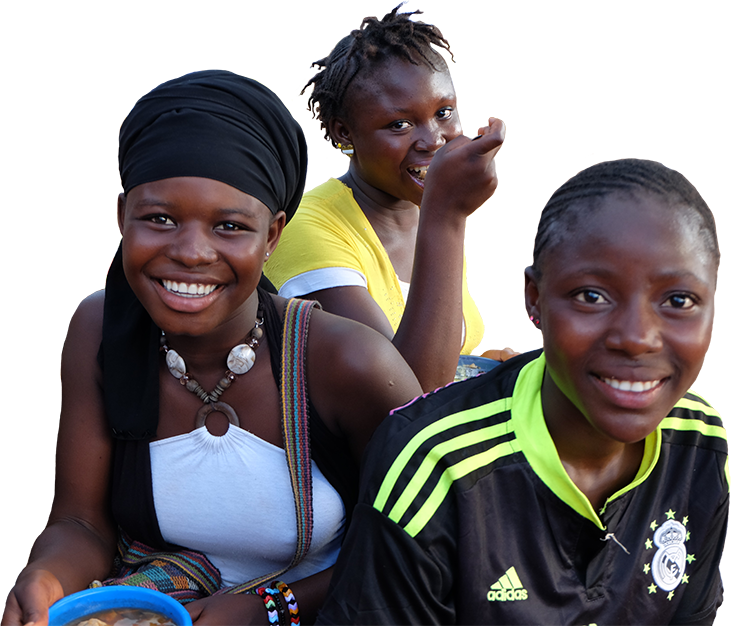Strong systems are important for implementing nutrition services and programs. Adolescents have unique nutritional needs, depending on and affected by their physical, social, and emotional development. Programs and services to support adolescents must be reflected in policies, protocols, strategies, and guidance. Policymakers and program managers need to strengthen the human resource, information, and financial systems to provide or expand nutrition services and programs in locations where adolescents are best reached. The Adolescent Nutrition Resource Bank includes examples of policies and protocols that address adolescent nutrition..If you have relevant systems strengthening resources, please send them to info@advancingnutrition.org.
We found 87 resource(s)
Regional Assessment of Gender Responsive Adolescent Health in South Asia
Guideline/Guidance published by UNICEF in
This report shares key findings on Gender Responsive Adolescent Health (GRAH) in South Asia and provides a draft action framework to improve adolescent health in the region. The report includes information on adolescent nutrition programs and program guidance.
Report on Landscape Analysis on Adolescent Health and Nutrition in Ethiopia
Landscape Analysis published by Alive & Thrive in
This landscape analysis focuses on adolescent health and nutrition in Ethiopia. It describes policies and programs related to adolescent nutrition and findings from the landscape analysis. The findings relate to the knowledge of adolescents; the perceptions of stakeholders; interventions; behavior change channels; monitoring, evaluation and…
Embodying the Future: How to Improve Nutrition Status of Adolescent Girls in Pakistan?
Technical Report published by Global Alliance for Improved Nutrition (GAIN) in
This report provides a detailed situational analysis and mapping of existing programs that address the nutritional and socio-economic needs of Pakistani girls ages 15 to 19. It also points to practical steps to better understand and address these issues.
Adolescent Nutrition in Demographic and Health Surveys
Informational Infographic published by DHS Program in
This story map summarizes the state of nutrition for adolescents age 15 to 19 from 62 countries in Africa, Latin America and the Caribbean, Europe and Central Asia, South Asia, the Middle East and North Africa, and East Asia Pacific. The story map present data on underweight, overweight, and anemia.
Delivering an Action Agenda for Nutrition Interventions Addressing Adolescent Girls and Young Women: Priorities for Implementation and Research
Journal Article published by Annals of the New York Academy of Sciences in
This paper summarizes the evidence for effective nutrition interventions in low- and middle-income countries and outlines policy recommendations and service delivery opportunities as part of an agenda for improving adolescent nutrition.
Young People and Agriculture: Strategic Priorities for Impact
Guideline/Guidance published by MercyCorps in
This strategy describes how Mercy Corps is engaging adolescents (ages 10–19) and youth (ages 20–24) in agriculture and technology to improve the food and nutrition security of their families and increase community resilience. It includes a theory of change, principles for engagement, and a framework for impact.
Results and Lessons Learned from WFP's Efforts to Support Adolescent Girls in Niger
Occasional Paper published by Emergency Nutrition Network (ENN) in
This article describes a U.N. World Food Programme (WFP) nutrition pilot program for adolescents in Niger. The article concludes that the active participation of adolescent boys and girls, women, and men, along with close coordination with government and other partners, can help to reduce barriers to access and influence sociocultural norms…
Dietary Guidelines for School Aged Children in Cambodia (Booklet for Secondary Students)
Guideline/Guidance published by Ministry of Health, Cambodia in
This document presents dietary guidelines for Cambodian children 6 to 17 years old. The Cambodian food pyramid is designed in the shape of Angkor Wat. The guidelines contain key messages about the food groups, making healthy food choices, and tracking body weight and height to track growth.



